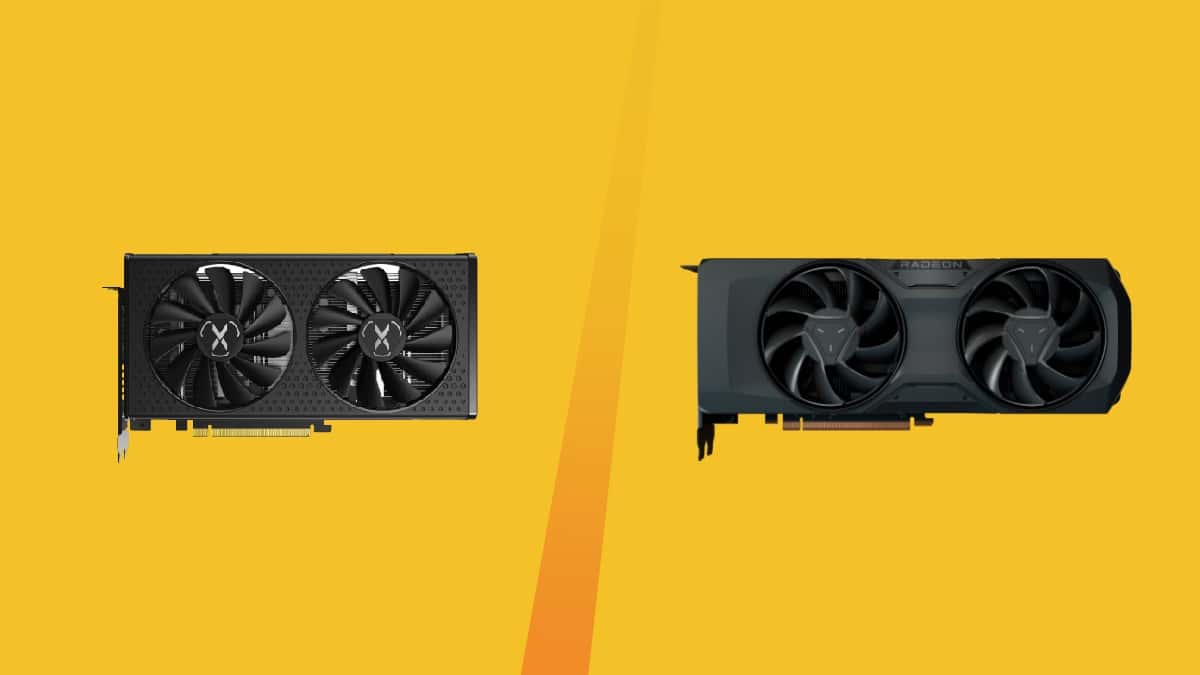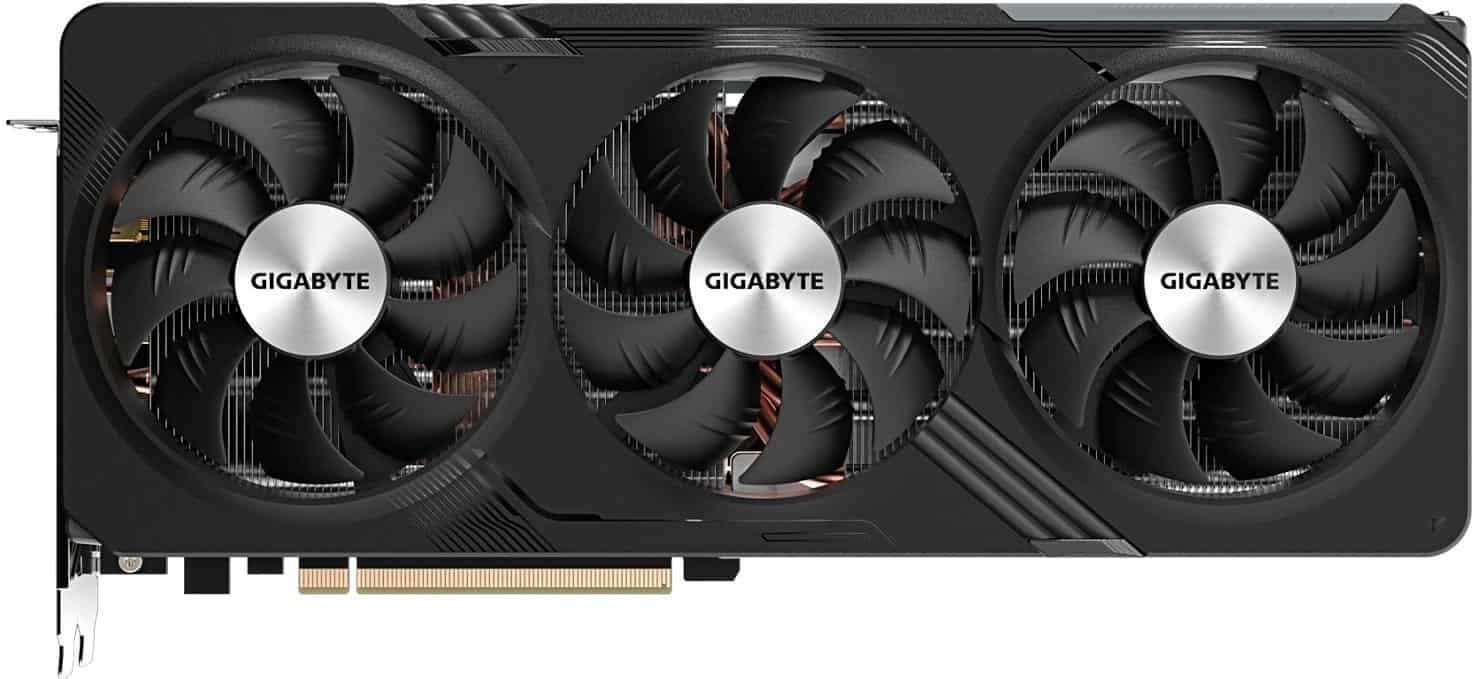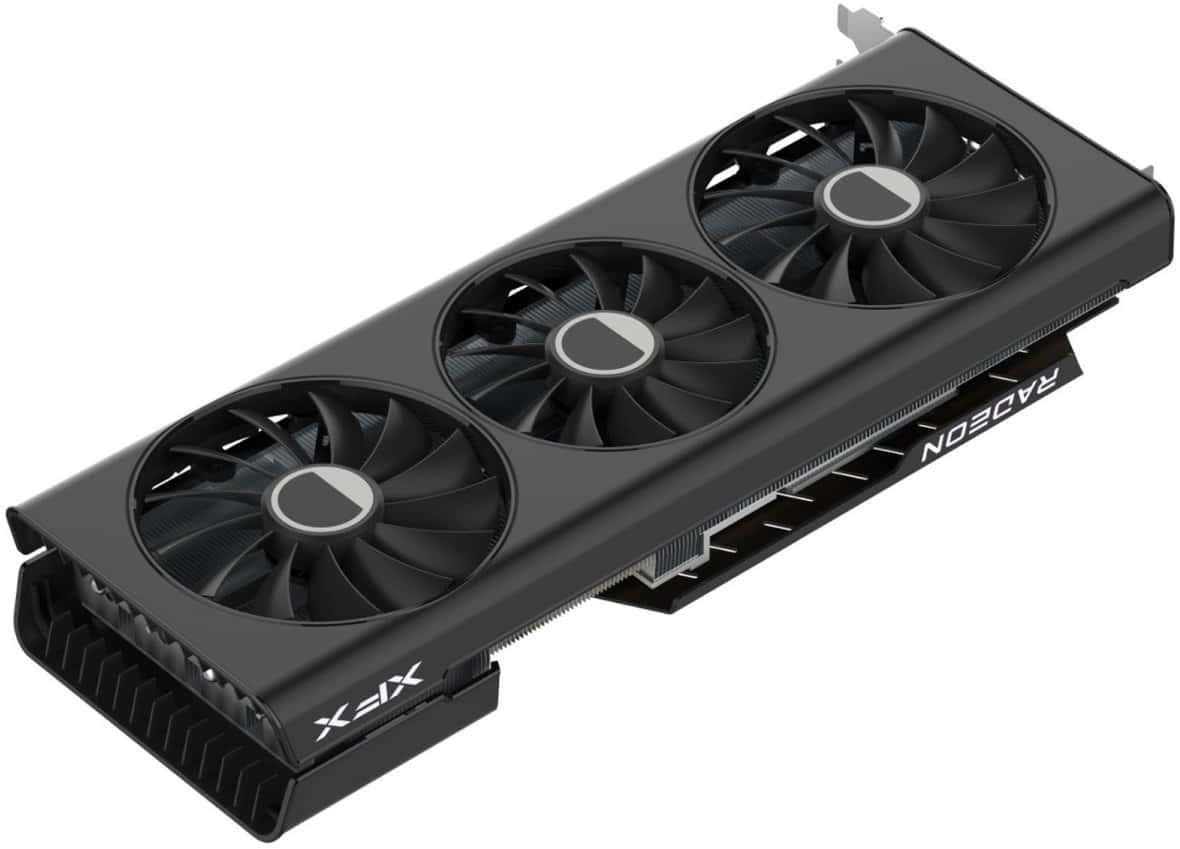You can trust VideoGamer. Our team of gaming experts spend hours testing and reviewing the latest games, to ensure you're reading the most comprehensive guide possible. Rest assured, all imagery and advice is unique and original. Check out how we test and review games here
We’re taking a look at a comparison between the RX 7700 XT vs 7600 to help you pick your next graphics card.
With the release of the RX 7700 XT it’s time to take a closer look at AMD’s new way to offer value-for-money 1440p gaming. AMD has also released its new FSR and Hyper-RX features to improve gaming at high resolutions. Right now, the only card lower than the RX 7700 XT is the RX 7600, so let’s see how the two compare against each other. If you’re looking to buy the RX 7700 XT, then we have got you covered.
The RX 7600 was released in June 2023. It falls at the bottom of the RX 7000-series cards and is the best budget-friendly way to enjoy 1080p gaming. The card is known for its price-to-performance ratio as it undercuts the price of the RTX 4060 Ti.
Does the RX 7700 XT offer enough performance to be a worthy superior to the RX 7600? Or is the RX 7600 better bang for the buck?
RX 7700 XT vs 7600 comparison – architecture
Architecture is one of the best ways to judge the efficiency, performance, and support of features of a card because it tells us about the underlying structure of the GPU.
Since both the RX 7700 XT and RX 7600 come from the same RX 7000 series, they are based on the same RDNA 3.0 architecture. RDNA 3.0 is an improvement over RDNA 2.0 across the board. AMD finally ditched the 7nm process node and upgraded to TSMC’s 5nm technology. Plus, AMD also introduced the world’s first GPU chiplet design with RDNA 3.0. As a result, the power efficiency of these cards is through the roof.
Now that AMD has also announced Hyper-RX, the feature set of the RX 7000 series cards (as well as previous-gen cards) has received a big upgrade. Hyper-RX is a one-stop solution to enable Radeon Boost, Radeon Anti-Lag+, and Radeon Super Resolution technologies all at once.
All of these features are aimed at improving performance while maintaining a good gaming experience. For instance, Radeon Boost automatically lowers the resolution to give you a boost in FPS when your quick-paced user movement is detected. Radeon Anti-Lag makes sure your CPU isn’t going too far ahead of the GPU in CPU-intensive games to reduce latency. Lastly, Radeon Super Resolution brings you upscaled resolution, so you get both high framerates and good visuals.
Both the RX 7700 XT and the RX 7600 enjoy the fruits of the RDNA 3.0, so there isn’t a straight winner in this department. However, it should be mentioned that the RX 7600 is built on TSMC’s 6nm node, while the RX 7700 XT uses 5nm.
RX 7700 XT vs 7600 comparison – specs comparison
| Specs | RX 7700 XT | RX 7600 |
| GPU Architecture | RDNA 3.0 | RDNA 3.0 |
| Cores | 3456 | 2048 |
| Base clock | 1900 MHz | 1720 MHz |
| Boost clock | 2544 MHz | 2250 MHz |
| Die Size | 346 mm² | 204 mm² |
| Memory | 12 GB GDDR6 | 8 GB GDDR6 |
| Bandwidth | 432 GB/s | 288 GB/s |
| TGP | 245 W | 165 W |
The numbers speak for themselves, the RX 7700 XT is a clear winner when it comes to specifications. The GPU has 1408 more cores, significantly higher clock speeds, and, most importantly, 4 GB extra VRAM with +144 GB/s bandwidth. No matter how you look, the RX 7700 XT is an upgrade.
However, since AMD has pushed more performance into the RX 7700 XT, its power consumption has naturally increased. That’s why the RX 7600 is 80 W more power efficient than the RX 7700 XT. This means that unless power efficiency is your top priority, the RX 7600 does not offer anything that makes it better than the RX 7700 XT in specs.
RX 7700 XT vs 7600 comparison – performance
If you’re choosing between the RX 7700 XT and the RX 7600, then you’ll want to know how the two perform against each other. The RX 7700 XT will knock 1440p gaming out of the park with high FPS. In fact, you can build a high refresh rate gaming PC with this card. Apart from 1440p gaming, the extra performance of the RX 7700 XT means it should also give you decent FPS at 4K as well.
On the other hand, the RX 7600 is only good for 1080p gaming. The card has been out for some time, so we have access to its benchmarks. At 1080p, you should expect an average of 90 to 100 FPS from the RX 7600. Similarly, 1440p gaming is playable and not recommended for competitive gaming. Make sure you have the best CPU for RX 7600 if you want 60 FPS gaming.
RX 7700 XT vs 7600 comparison – price comparison
So far, the RX 7700 XT is dominating the RX 7600 in every aspect. However, it is also more expensive than the RX 7600. AMD has listed the RX 7700 XT at $450. Its AIB variants fall in the same price range, with high-end variants reaching $470-$480.
Where to buy the RX 7700 XT:
- Gigabyte Radeon RX 7700 XT Gaming OC 12GB GDDR6 Graphics Card
- XFX Speedster QICK319 AMD Radeon RX 7700 XT Black 12GB GDDR6 Graphics Card
- ASRock Challenger Radeon RX 7700 XT
- PowerColor RED DEVIL Radeon RX 7700 XT
- SAPPHIRE NITRO+ Radeon RX 7700 XT
The RX 7700 XT is definitely priced up there, and that’s the biggest disadvantage it has when put next to the RX 7600, which carries an MSRP of just $270. You can even find lower-end RX 7600 variants going for $260, with premium variants nearing $290.
With a $180 price difference, the value-for-money proposition goes toward the RX 7600, especially if you are into 1080p gaming. Of course, if you want more performance, then the RX 7700 XT is the only choice.
RX 7700 XT vs 7600 comparison – final word
All things considered, the difference between the RX 7700 XT and the RX 7600 is as clear as a sunny day. If you are on a tight budget and want to play your favorite games at 1080p, then the RX 7600 is your best choice. However, if you have the money for it and you want to experience 1440p gaming at high FPS or even 4K gaming, then the RX 7700 XT has got you covered.










